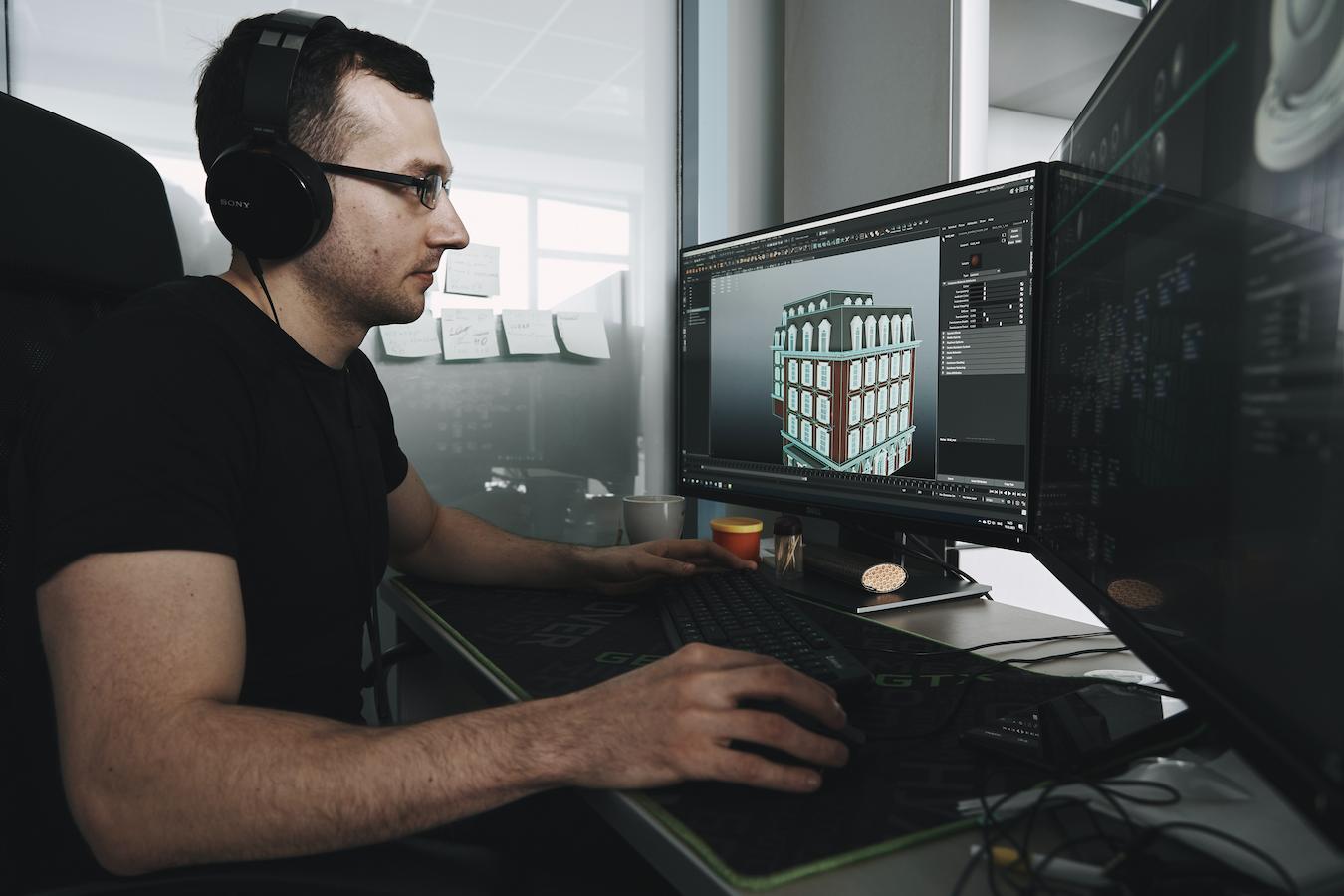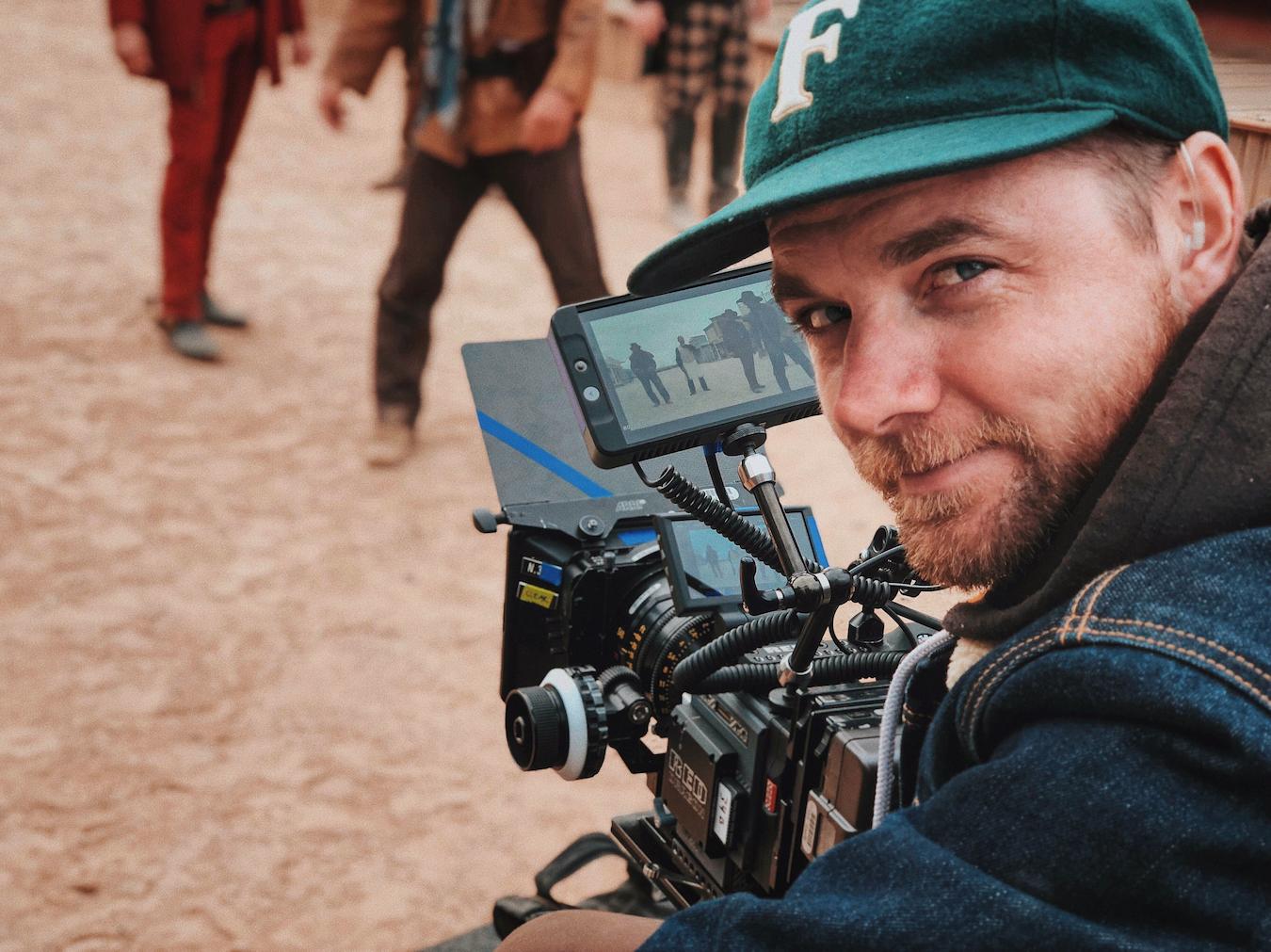Visual effects in film have expansively grown. From 2d animation to 3d animation.
From 3d models to computer graphics. From 3d animation to 3d computer animation.
The list goes on and on. Nowadays, CGI films are something we hardly bat an eye at.
But how did we get here? And where are we capable of going?
See Related: What is Immersive Technology?
A brief history of CGI animation
Animated movies with traditional animation techniques began in 1908 with French artist Émile Cohl. Think stop motion animation.
Or better yet, think of characters drawn for each frame then strung together between frames to mimic movement in real-time. Yeah, those techniques.
Now, you might only think of Toy Story as the pinnacle of CGI. But CGI animation actually popped up a lot earlier than in the 90s.
Computer-generated imagery was first introduced to screens by Alfred Hitchcock’s Vertigo in 1958. Well, CGI might be too generous a term – it was more like 2d trickery.
Then in 1972, 3d animation became further popularized by Edwin Catmull and Fred Parke. The animated short film A Computer Animated Hand was the first to bring 3d animation to the world.
And while we could go further, really, the rest is history. What? We said brief.
What does CGI stand for?
We’ve already gotten ahead of ourselves. Let’s break down what CGI actually stands for.
CGI means computer-generated imagery. So, the use of computer-generated graphics in both art and media.
CGI can be 2d or 3d animation. And this unique technology is used in animated films, video games, and virtual reality.
Despite popular belief, CGI animation is not used for sci-fi movies filmed in Los Angeles sound stages alone. It can create subtle, realistic images in an intimate scene for a movie drama.
Or, it can make giant dragons, entire environments, or other flying objects in live-action movies. So really, the animations this technology can yield is up to the animators in question.
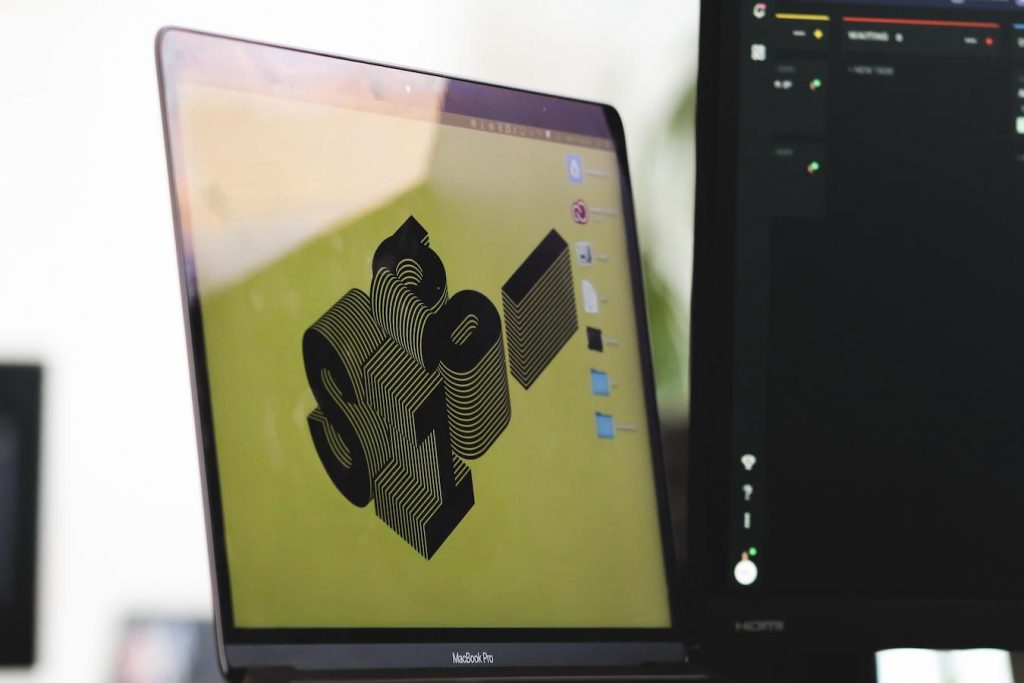
What are the characteristics of CGI?
CGI animation isn’t just 3d animation like many people think. So it’s important to break down the characteristics are of computer-generated imagery.
2D CGI animation is used to create text, objects, images, and backdrops in a film. Whereas three-dimensional CGI animation can create models, characters, digital environments, objects, and more.
But this isn’t to say that CGI animation always goes swimmingly. At best, CGI used in films can create illusions that trick the eye.
But at worst, CGI can look like obviously fake, rendered graphics. So don’t think it’s an easy process or technology to master.
Key departments for CGI
Creating CGI graphics isn’t just loading an image up into computer software. It’s… a lot more complicated than that.
Just visit any of the number of production studios in Los Angeles. You’ll see for yourself that the process is far more than meets the eye.
Art department
The director may have an idea for a character in mind. But it’s up to the Art Department and Creative Director to translate those ideas into computer-generated elements.
They help to draft out scenes, storyboards, and photorealistic artworks. In a way, it’s like presenting a model as a menu for all that their computers are capable of creating.
Pre-visualization artists
Pre-visualization artists create the first visual 3D model for any character, image, or elements that need to be rendered. Just another step in the process towards computer animation.
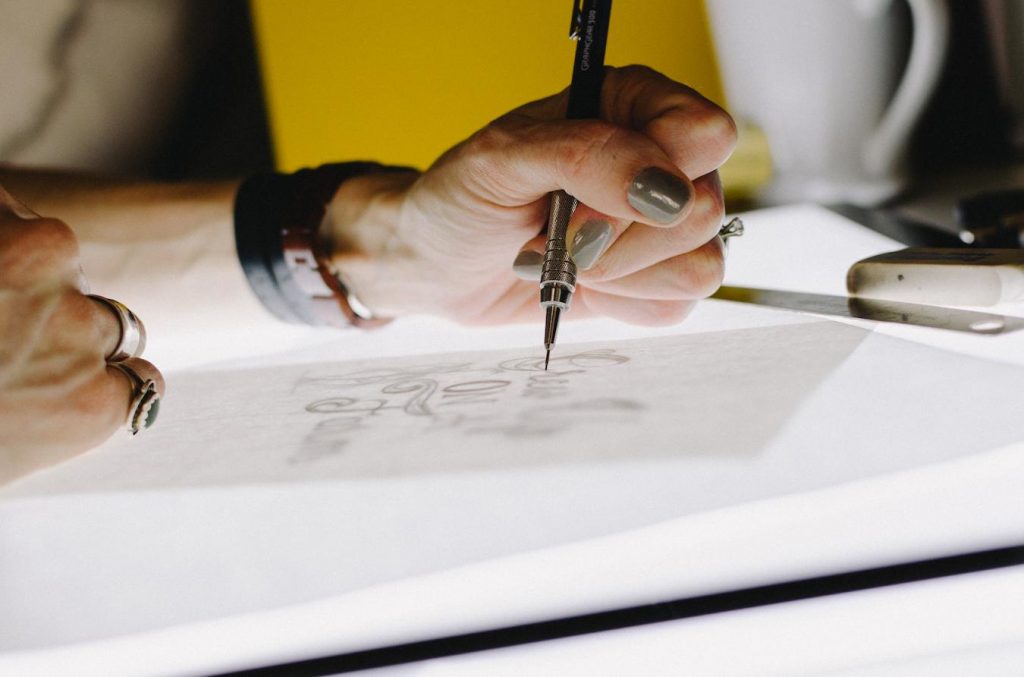
Asset department
Virtual assets help visual effects match that of real-world objects. For example, this department can be made up of animators, modeling artists, texture painters, and shader developers.
Research and development
Out of all of the departments, Research and Development is perhaps the most technical one. These artists build the software and tools necessary to create the digital effects for the movie.
Typically, artists in this department have a strong background in computer science. So like magicians, they turn data and software into realistic characters and scenes.
Key roles for CGI
Once these departments have created the look and media for the CGI animation ahead, then the real games begin. Cue drumroll, please.
Bonus: How Much Does Film Production Insurance Cost?
Animation
Obviously, CGI animation requires animators. So anything that needs to move in the scene will likely be created using animation software.
Motion tracking
Motion tracking is a technique used to incorporate 3D data with live-action footage. So, a motion tracking artist will use the footage and create a virtual camera to mimic its movements.
Seems pretty far from the traditional process of animation, right? Well, motion tracking is pretty commonplace now.
FX simulation
FX simulation refers to the behavior of real-world elements within the CGI animation. Think fire, water, explosions, cloth, hair, and more.
Lighting
Just as lighting is needed for any character in a scene, so too does a virtual image need to be lit. The goal is to blend live-action elements seamlessly with CGI animation.

Matte paint
A matte painting can be created through digital or traditional painting techniques. But its main goal is to create a representation of a scene that is either impossible to film due to travel constraints.
Or, it simply elevates the scene and video in question. Again, a pretty impressive process.
Rotoscoping
Rotoscoping creates a matte or mask of a digital element. Then, extracts it onto a different background.
This technique can be used to create a specific part of an image sequence or video. And is typically used a lot in video games.
Compositing
Compositing is layering all elements into the same shot. That’s right – all live-action footage, mattes, animation, particle effects, 3D lighting, and more to bring you what you see on the screen.
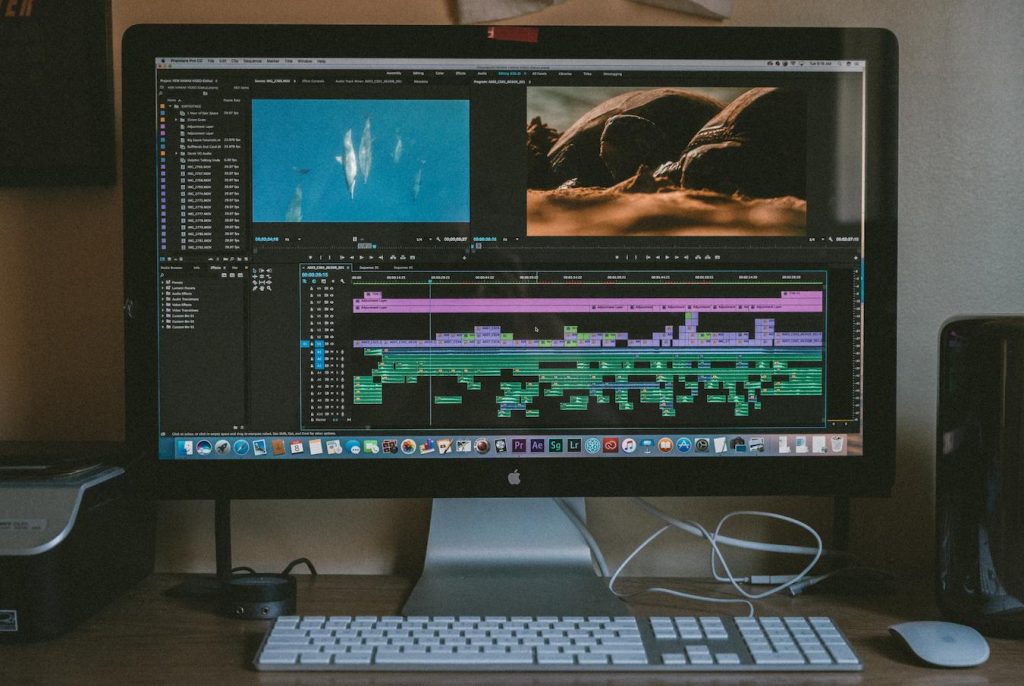
Production
All of these elements thus far have been highly creative, if not technical as well. But production is truly the left brain of CGI animation.
Project management, hiring artists, defining resources, renting out a sound stage in Los Angeles, and managing budgets are all under the supervision of production. So basically, finally getting everything done.
Welcome to the revolution
Hopefully, this article has welcomed you to the revolution that is CGI animation. It’s an ongoing art form that truly leaves no element unsupervised.
And it is continually evolving to bring viewers the next best sensation on the screen. Truly, what will they think of next?
Keep Reading: How Is Stop Motion Animation Made?
–
Mack Sennett Studios is a historic full-service photography studio, production sound stage, and private event space in Silver Lake, serving as creative home to the Los Angeles cultural renaissance for the last 100 years. Check us out on Facebook, Twitter, Vimeo, Pinterest, Yelp and Instagram.

